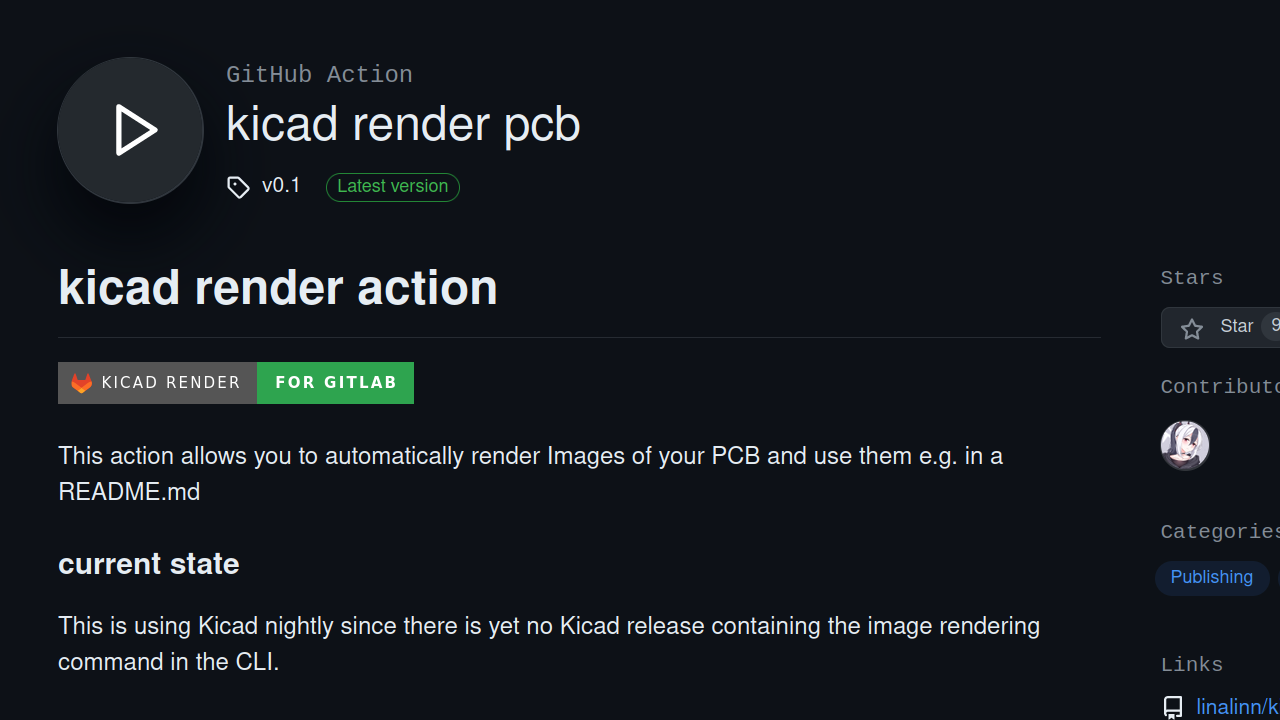
NIST Cybersecurity Framework 2.0 – What’s New & What You Need to Know
Last week, NIST released Version 2.0 of the widely used Cybersecurity Framework (CSF), its landmark guidance document for reducing cybersecurity risk. The NIST Cybersecurity Framework 2.0 has emerged not just as an update, but also as a transformative approach to securing digital assets and infrastructures. This evolution from its predecessor marks a significant step forward in addressing the nuanced and ever-expanding landscape of cyber threats and presents a forward-thinking perspective on cyber defense that recognizes the fluidity and complexity of the digital threat landscape.
In this blog, I cover the key updates to the framework, the cybersecurity challenges prompting NIST’s latest response, the new role of privilege access management (PAM) and identity security, and why the framework’s new perspective is imperative to today’s cybersecurity efforts.
The National Institute of Standards and Technology Cybersecurity Framework (NIST CSF), originally published in 2014, is a set of guidelines designed to help organizations improve their cybersecurity posture, better manage IT security risks, and enhance their protection against cyber threats. The 2024 release of version 2.0 of their Cybersecurity Framework represents the first major update since the NIST CSF was initially released.

















